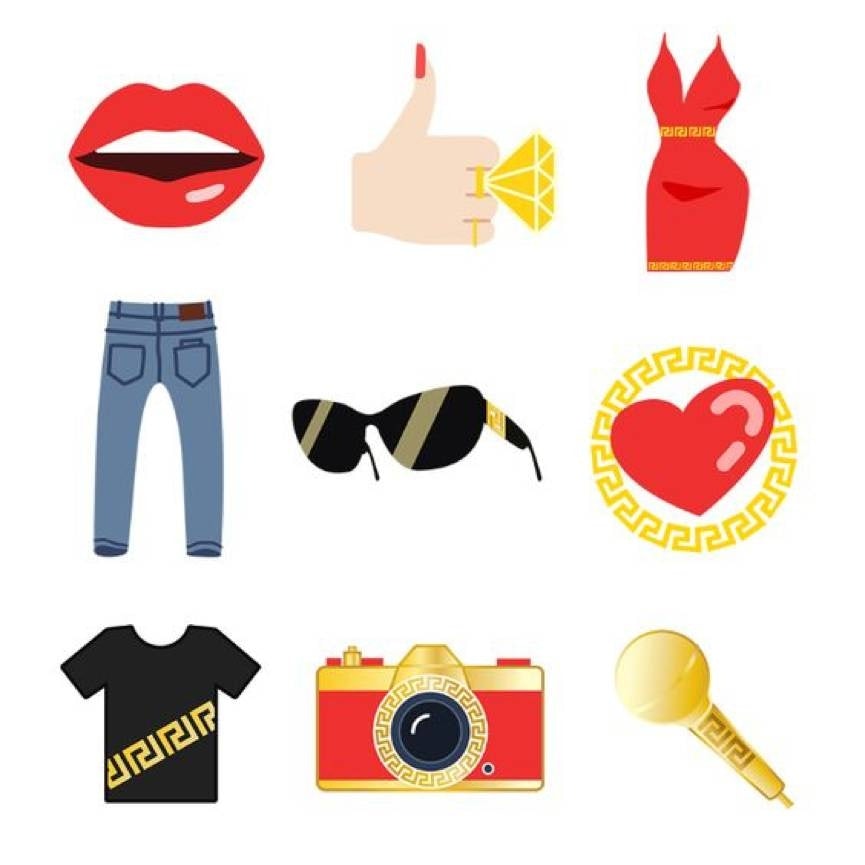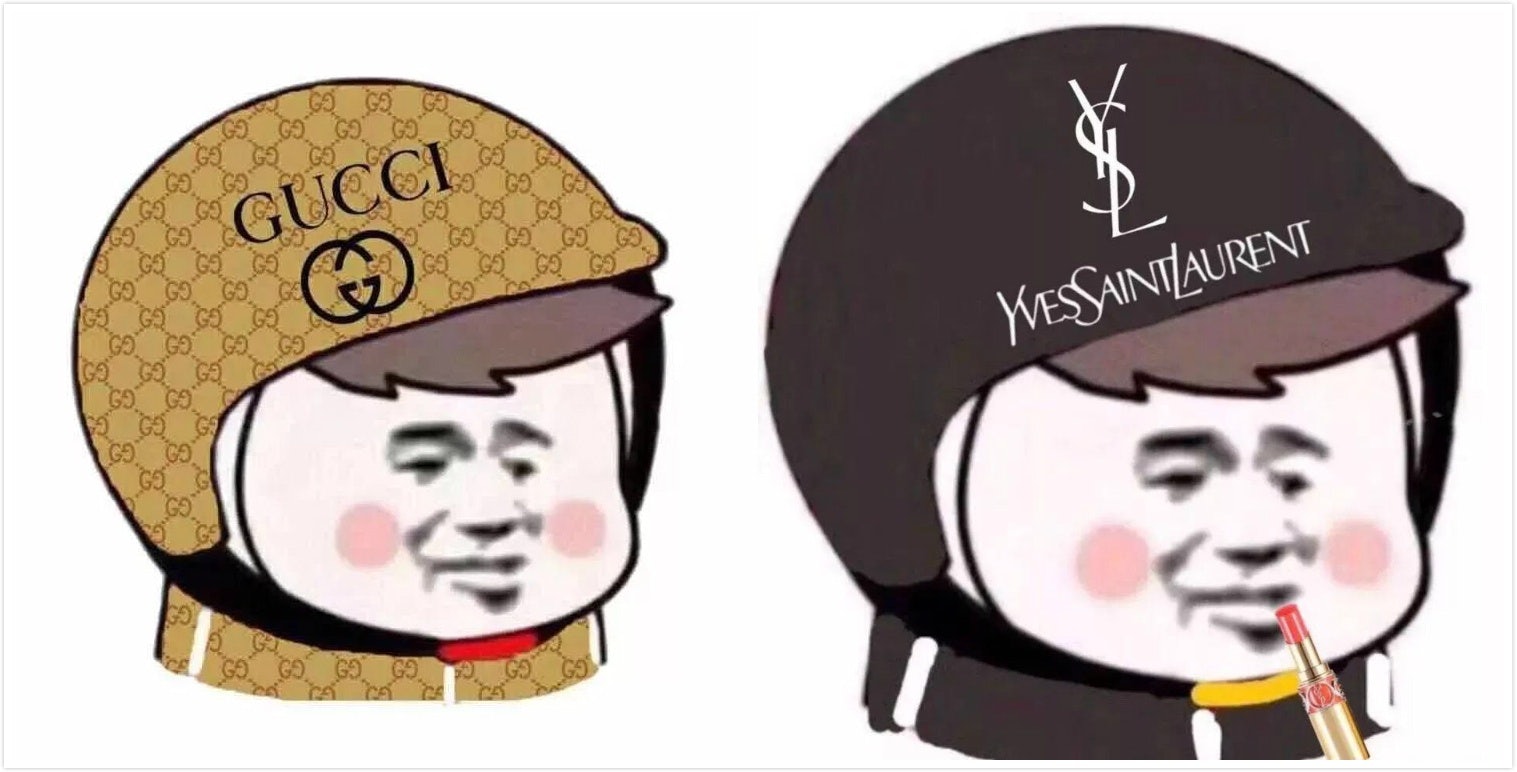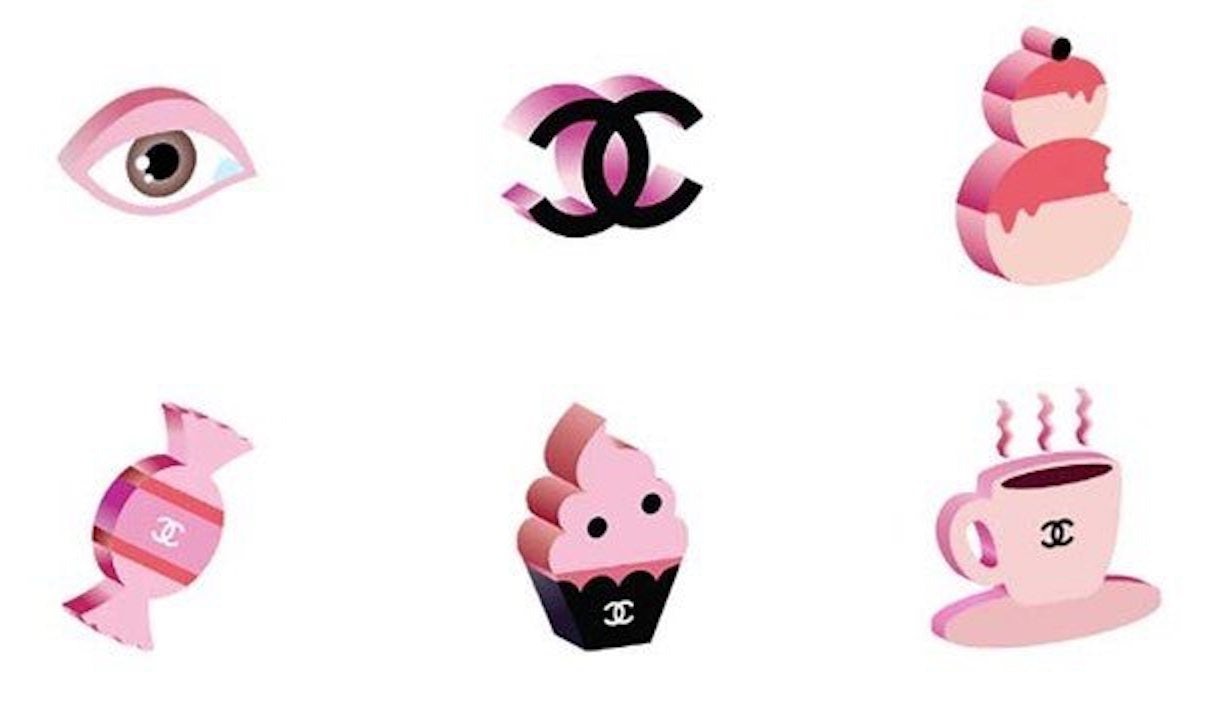Emojis have become essential to online conversations in every country around the world, and China is no exception. For young people in particular in China—a country that doesn't encourage outward emotion—emojis have become an especially important means of communication. So why aren't luxury brands taking advantage of the marketing potential of emojis in China yet?
Emoji in Chinese is 表情包, meaning “ the facial expression kit”. According to a big data report co-created by Sun Yat-Sen University and Tencent, the most popular emoji in 2016 was the facepalm sign, signifying an awkward and embarrassing feeling (used in WeChat and QQ more than 760 million times that year).
Many luxury brands have tried emoji marketing on a global scale, but few of them have yet to make emojis an integral part of their China-based campaigns, and Chinese millennials—who share a passion for emojis—have now resorted to making their own luxury-related emojis for daily WeChat use.
Emojis do exist in luxury marketing, but mainly in the West#
Luxury brands are hardly strangers to emoji marketing. Fashion powerhouses like Gucci, Versace, and Chanel have made attempts at launching official emojis with their brand refreshes, but their pioneering efforts mostly cater to western audiences.
Gucci, the millennial-transformed brand par excellence, created an entire collaborative meme project (#TFWGucci in 2017) to promote its watch collection, while Versace, an early adopter of emoji marketing, launched the Versace Emoji app through the Apple Store in 2016. Even the Parisian brand Chanel poured their timeless elegance into a set of text-ready emojis last year.

But the above emoji campaigns were for a global millennial audience—they weren’t seen as “China-specific”. So far, most of the luxury emoji campaigns to reach the China market have had issues making them less effective in China.
The now internet-famous “Gucci Memes”, for instance, were exclusively published on Gucci’s Instagram and international website, making them hard to find in China. The Versace emojis required users to download an extra app, a separate keyboard, and the design—which was based on Whatsapp emojis—wasn’t familiar to Chinese users. Early in 2018, some luxury brands made themed emojis to celebrate the Year of the Dog, but instead of being highly shareable content, they were exclusively for branded poster use.
In China, creating luxury-themed Emojis#
Young China’s collective fascination with emojis, coupled with their enthusiasm for luxury consumption, paved the way for many amateur-made luxury emojis on WeChat. Without access to officially released emojis, netizens began to make their own luxury-related icons, like the series below featuring YSL and Gucci hats, which is just one example of the many popular homemade emojis in China now.

In WeChat’s Emoji search, the result page of “bag” (包包) shows memes with luxury brand names such as Louis Vuitton and Chanel. The result page of “Lipstick” (口红) also shows playful memes of a person kneeling down in front a lipstick, and the text reads: “I submit myself to the evil force of Givenchy/YSL/NARS”. These memes, created organically by Chinese social media users, show a loving yet sassy attitude towards their favorite luxury brands.
Are Emojis the future of luxury marketing in China?#
For luxury brands that want edgy, relevant, and surprising content for Chinese millennials, emojis hold a lot of potentials.
For one, most luxury brands have already opted for social media marketing in China anyway, but not all of these brands are getting the reach across platforms they need. Incorporating emojis into the brand’s marketing campaign is one way for them to increase the speed and fluidity of social sharing.
Low visibility remains a common issue for luxury brands on their WeChat accounts. While their official WeChat posts usually contain perfect visuals and finely tuned writing, they rarely capture the reader’s desire to “share”. A WeChat-ready emoji set that imbues the brand’s identity, however, could be highly shareable. In this way, brands can enter their target audience’s daily conversations.
Second, an officially released emoji collection can help integrate brands into the digital identity of their customers. As the many amateur luxury-themed emojis trending in WeChat attest to, Chinese millennials crave their own unique digital identity, even if it means having to craft them on their own. Recognizable name brands could easily give Chinese fans a small way to share the love for their favorite luxury products. The fashion houses should let them.
